iPhone 16 vs iPhone 15: battle of the base models
This year’s iPhone update is about so much more than looks
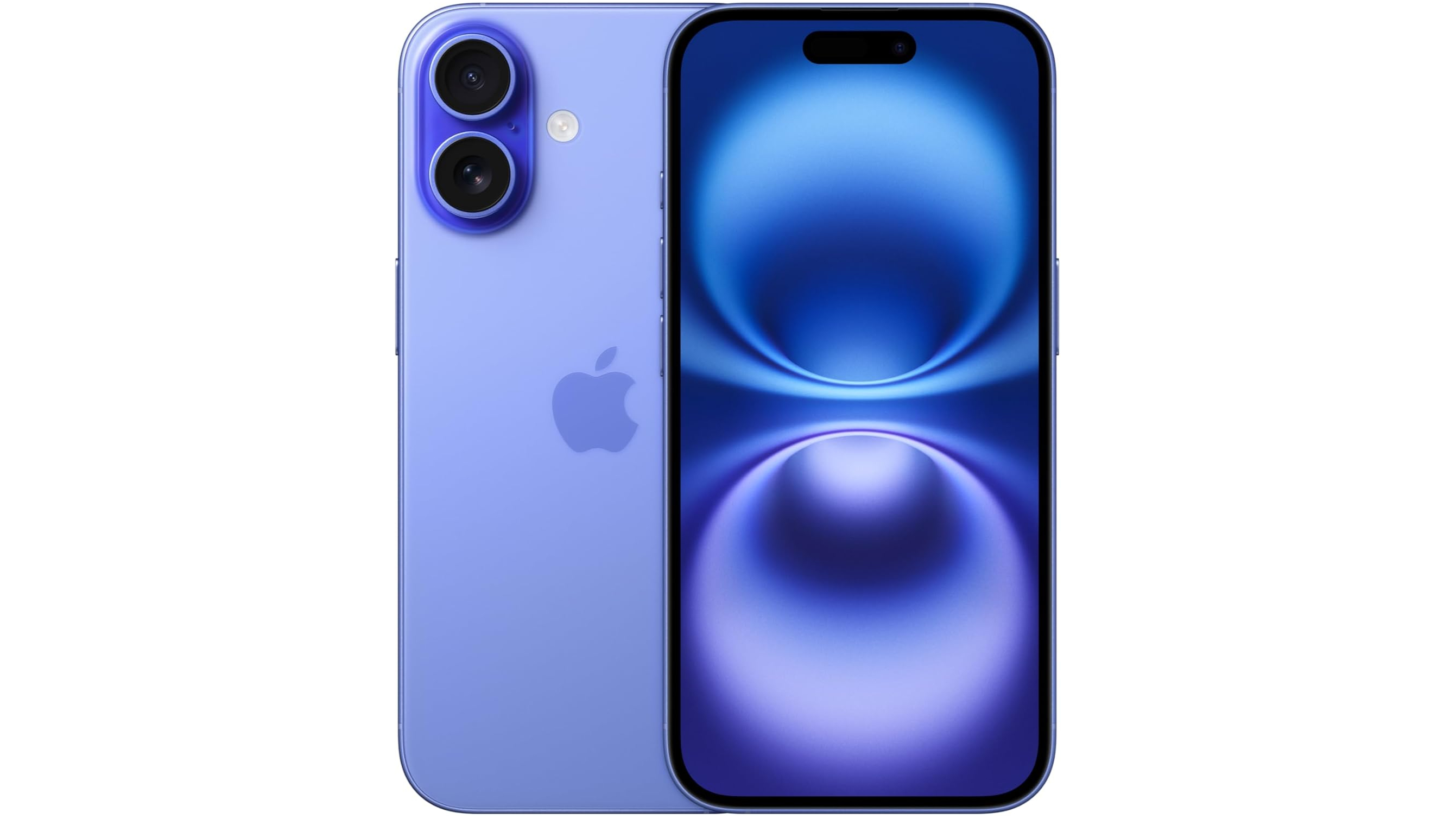
The iPhone 16 is the closest a base-model iPhone has come to the Pro models. In places, this is a genuinely impressive update, with serious performance gains, intuitive new controls, and fabulously vibrant colors. The dimensions, display, and camera system are all unchanged from the iPhone 15, and Apple Intelligence is still yet to arrive, but this remains the obvious choice for most Apple customers.
For
- Modernised design
- Camera Control functionality
- Great performance
Against
- No Apple Intelligence at launch
- Expensive
- 60Hz display feels outdated

The iPhone 15 is no less reliable than it was at launch, but the fact that it'll never support Apple Intelligence raises serious questions about the likelihood of new features coming over time. It's also likely to age faster given its slightly older chipset and a smaller amount of RAM. That said, the iPhone 15 has the same screen, form factor, and camera system as the iPhone 16 (save for the Camera Control button), so those looking to save a little money may still be tempted.
For
- Great performance
- Solid cameras
Against
- No Apple Intelligence, ever
- No Camera Control
The iPhone 16 series is here, and as our reviews of the iPhone 16, iPhone 16 Plus, iPhone 16 Pro, and iPhone 16 Pro Max show, Apple has delivered an impressive refresh for its smartphone lineup.
The iPhone 16 sits at the low end of the new lineup in terms of both specs and price, but it still manages to raise the bar for base-model iPhones with fresh design updates, intuitive new controls, and the promise of Apple Intelligence.
This year’s standard iPhone also represents one of the most significant upgrades on a previous model that we’ve seen in years. The iPhone 15 is still a solid contender, but there’s certainly more separating the two latest iPhones than in previous years.
So, what are these differences, and which iPhone is right for you? In this guide, we compare the iPhone 16 to the iPhone 15 to see what sets them apart.
iPhone 16 vs iPhone 15: Specs comparison

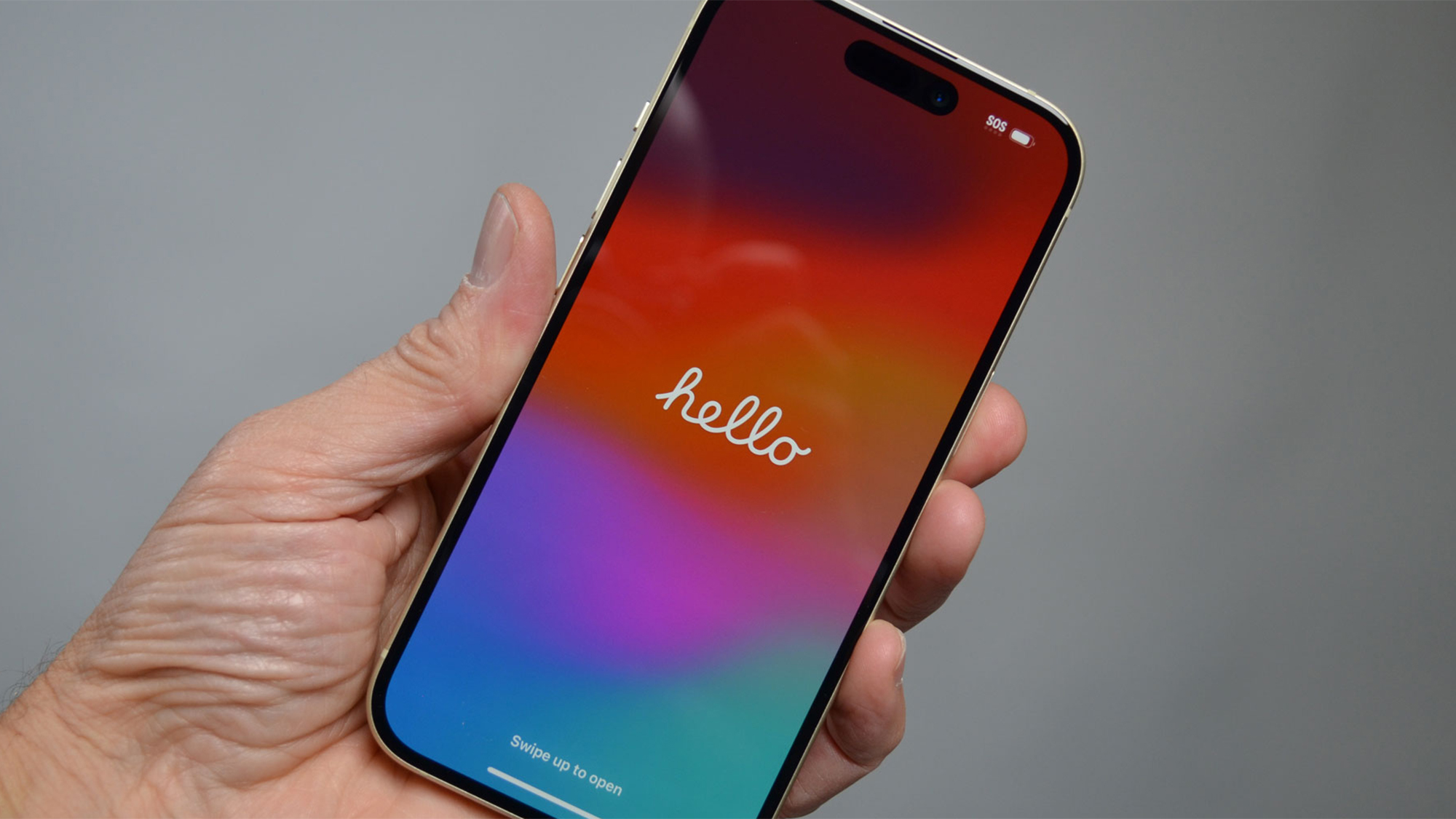
This guide comprises an in-depth breakdown of all of the key features of both the iPhone 16 and iPhone 15, but if you’re short on time, check out the table below for a spec-by-spec comparison:
| Header Cell - Column 0 | iPhone 16 | iPhone 15 |
|---|---|---|
| Display: | 6.1-inch Super Retina XDR OLED | 6.1-inch Super Retina XDR OLED |
| Resolution: | 2556 x 1179 | 2556 x 1179 |
| Refresh rate: | 60Hz | 60Hz |
| Chipset: | A18 | A16 Bionic |
| Rear cameras: | 48MP f/1.6 main "Fusion" camera, 12MP f/2.2 ultra-wide camera | 48MP f/1.6 main camera, 12MP f/2.2 ultra-wide camera |
| Front camera: | 12MP f/1.9 | 12MP f/1.9 |
| RAM: | 8GB | 6GB |
| Storage: | 128GB, 256GB, 512GB | 128GB, 256GB, 512GB |
| Battery: | 3,561mAh (unofficial) | 3,349mAh (unofficial) |
iPhone 16 vs iPhone 15: Price and availability
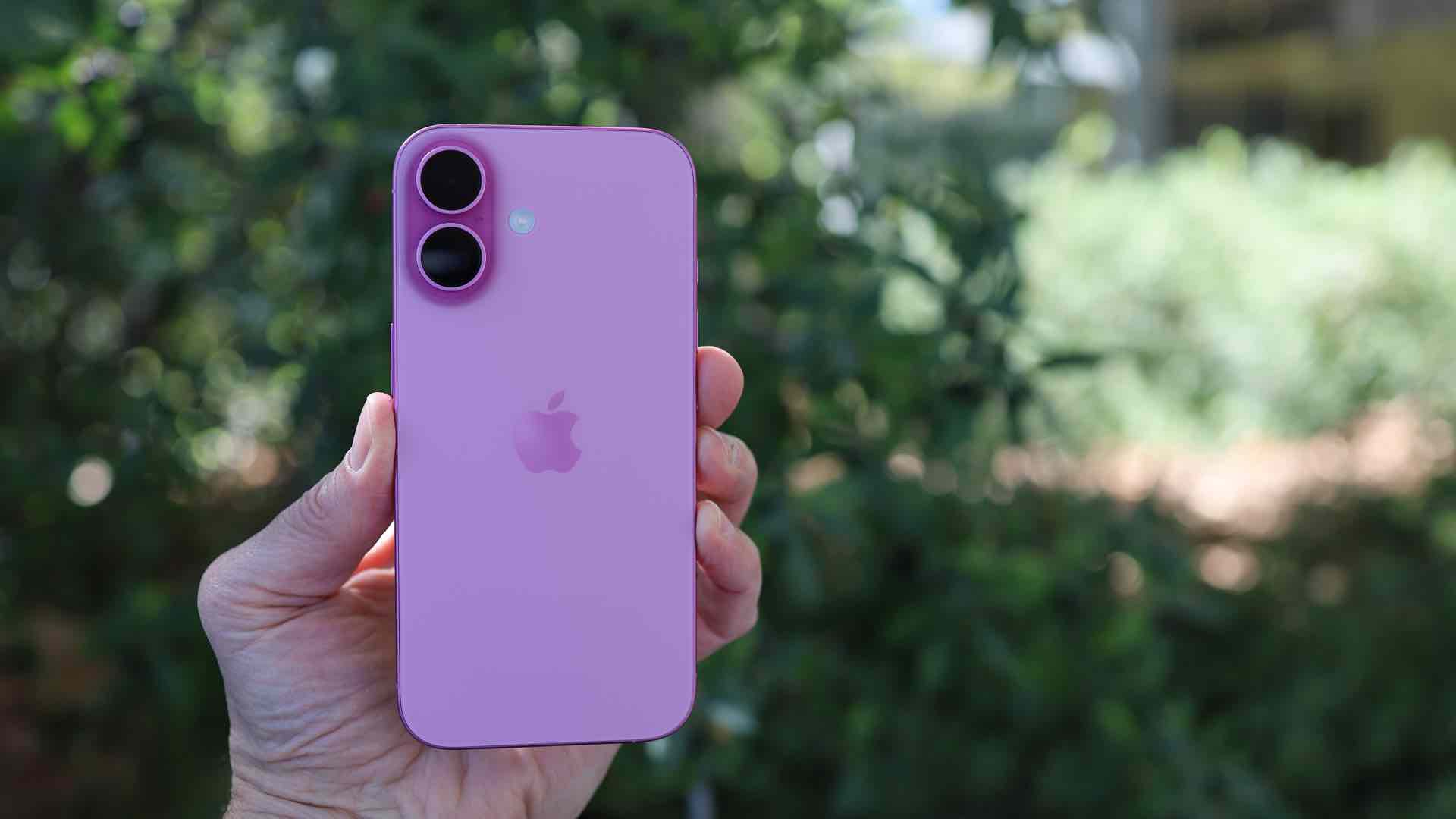

The iPhone 16 is available now, starting at $799 / £799 / AU$1,399 for the model with 128GB of storage. The model with the maximum 512GB of storage will set you back $1,099 / £1,099 / AU$1,949.
That’s not necessarily cheap, but it is in-line with our expectations – for example, the Samsung Galaxy S24 starts at the same price. We’re also happy to see that Apple hasn’t increased the price of the iPhone 16 compared to the iPhone 15.
In fact, Apple has reduced the starting price of the iPhone 16 by AU$100 in Australia as compared to the iPhone 15.
The iPhone 15 remains on-sale from Apple directly, starting at $699 / £699 / AU$1,249. This follows Apple’s typical pattern of leaving the previous year’s base-model up for sale with a discount.
Third-party retailers may choose to discount this price further, though we haven’t seen much activity yet at the time of writing. The iPhone 15 will not support Apple Intelligence in any form when the latter launches in October 2024 (more on this later), which may have an impact on demand and therefore pricing.
| Model | iPhone 16 | iPhone 15 |
|---|---|---|
| 128GB | $799 / £799 / AU$1,399 | $699 / £699 / AU$1,249 |
| 256GB | $899 / £899 / AU$1,599 | $799 / £799 / AU$1,449 |
| 512GB | $1,099 / £1,099 / AU$1,949 | $999 / £999 / AU$1,799 |
iPhone 16 vs iPhone 15: Design and display

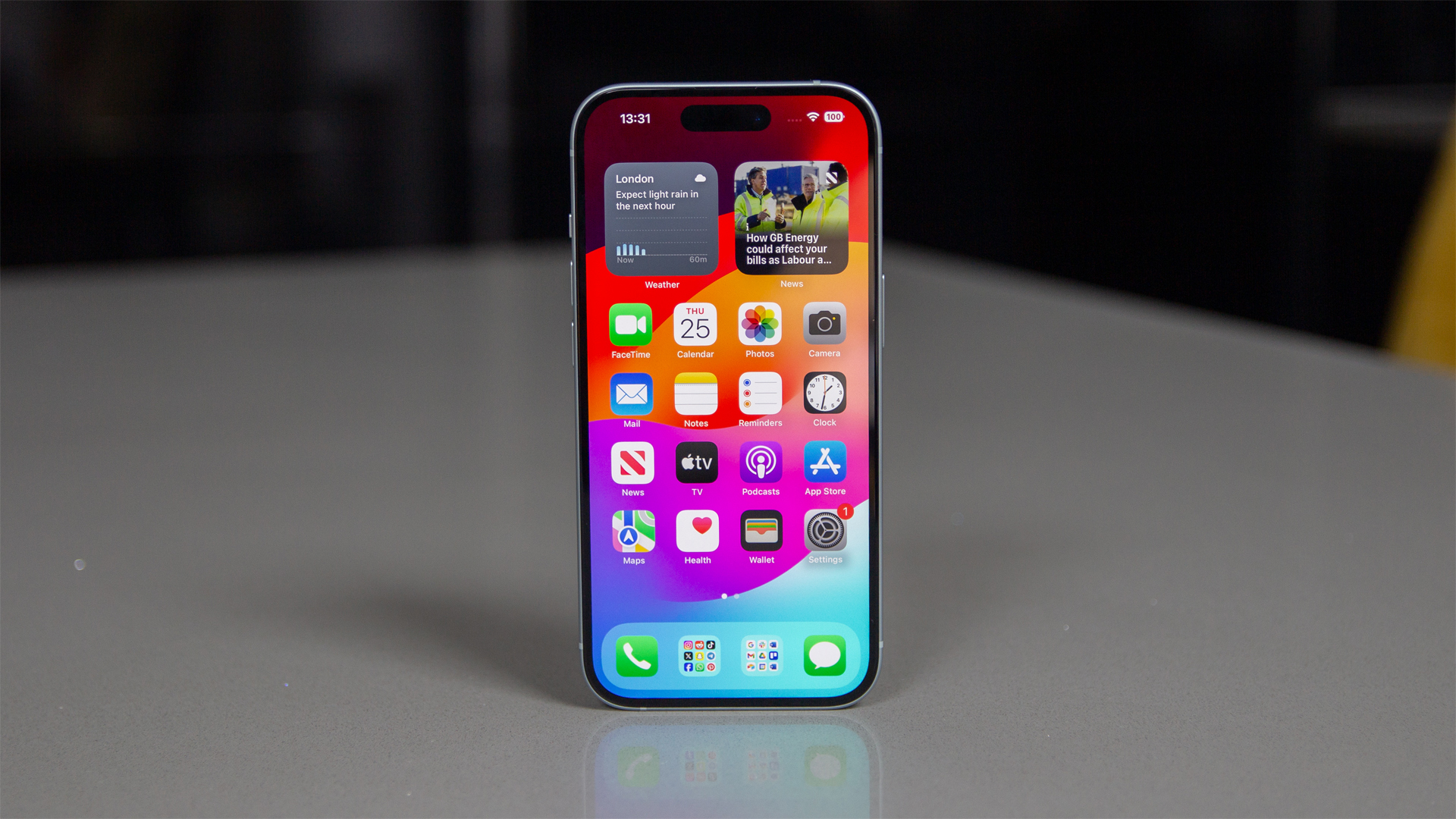
The iPhone 16 brings subtle but welcome design updates that set it apart both visually and functionally from the iPhone 15.
Most visually striking are the rear cameras, which Apple has returned to the vertical alignment last seen on the iPhone 12 in 2020. This enables Spatial Capture of video and photos for viewing with the Apple Vision Pro headset.
Otherwise, the phones are ergonomically similar, with identical dimensions and the same squared edges that round slightly into the display and rear panel. The aluminum rails and textured glass back panel are the same across these devices too – the only difference is the iPhone 16 comes in more vibrant colors.
The iPhone 16 also has the new Camera Control touch-sensitive button on the lower-right side of the device, which can act as a shutter, sense scrolling motions for zoom and focus, and activate the camera app from the lock screen.
Both the iPhone 16 and iPhone 15 feature the Action button introduced with the iPhone 15 Pro, which replaces the mute switch and can be assigned to one of many functions, as well as customizable shortcuts comprised of several actions chained together.
The iPhone 16 has the same USB-C port as the iPhone 15, situated on the bottom edge of the phone. File transfer speeds have stayed the same between the two generations, at a frustratingly slow 60MB per second.
Both phones are equipped with the exact same display: a 6.1-inch OLED panel with a resolution of 2556 x 1179 and a 60Hz refresh rate, with the now-familiar Dynamic Island cutout at the top of the screen. These displays have a peak indoor brightness of 1,600 nits and a pixel density of 460ppi.
As our reviews for both the iPhone 16 and iPhone 15 found, these are great displays limited by a slow refresh rate, but for the purposes of this article, there’s nothing to compare as they are legitimately identical.
iPhone 16 vs iPhone 15: Cameras
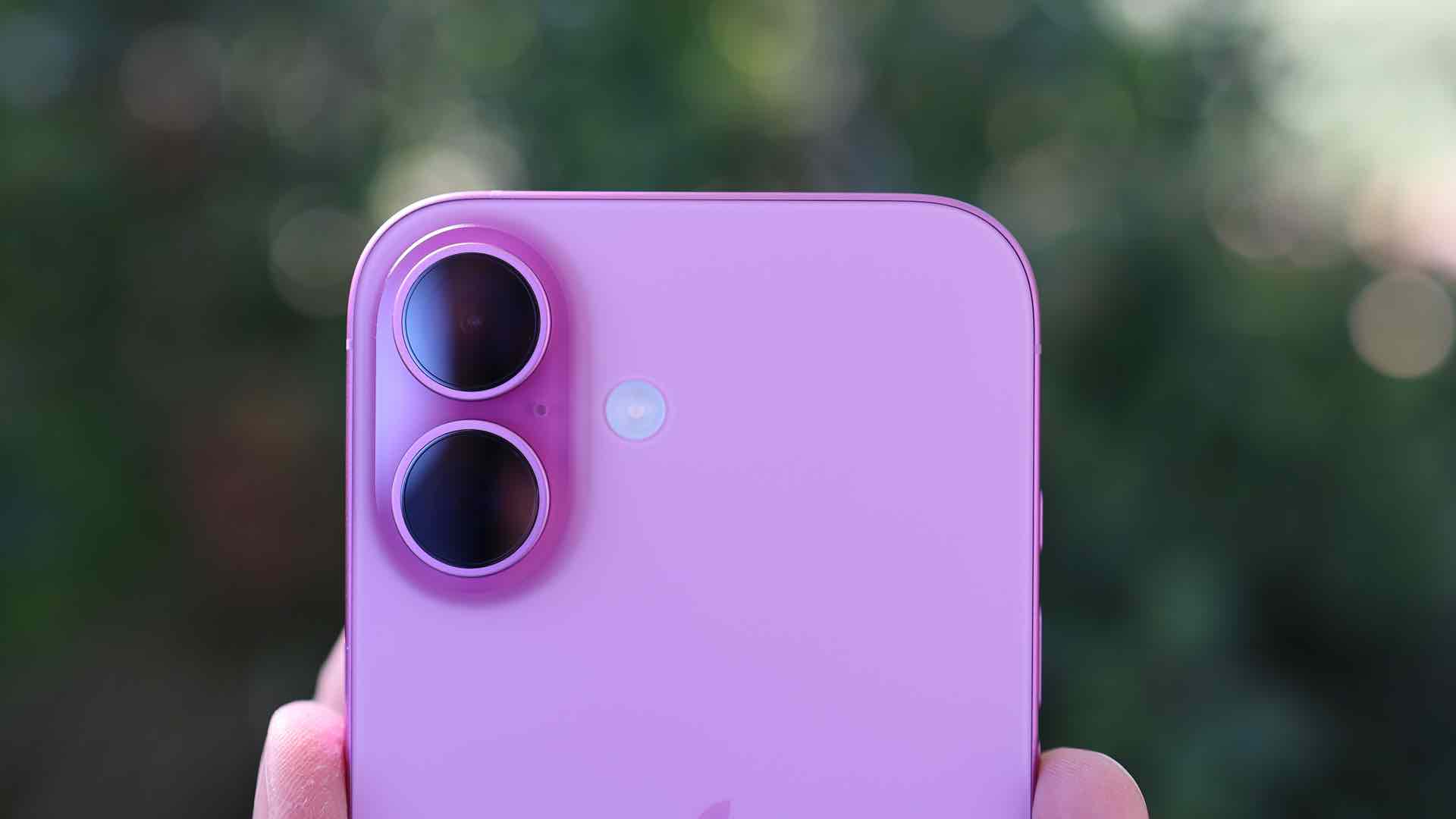

As mentioned, the cameras on the iPhone 16 are oriented vertically as opposed to the diagonal orientation of the iPhone 15’s camera system. Other than that, these are the same cameras – despite what Apple would have you believe.
Apple has taken to calling the 48MP f/1.6 main camera on the iPhone 16 lineup the Fusion Camera, but continues to call the 48MP f/1.6 main camera on the iPhone 15 just that – the Main camera. We’ve looked into whether these cameras are functionally different elsewhere on TechRadar, but a closer look at the specs sheet suggests that they are, in fact, the same.
We aren’t a fan of this move by Apple – this arbitrarily different branding intentionally obscures the camera capabilities of the iPhone 15 and may push camera-focused customers to buy an iPhone 16 unnecessarily.
Regardless of branding irregularities, the Fusion Camera title refers to the iPhone 16’s ability to take 12MP photos at 2x zoom by cropping into the center of the 48MP sensor, although, as you may have guessed, the main camera on the iPhone 15 has this ability as well.
The secondary camera on both phones is a 12MP f/2.4 ultra-wide camera, and both have the same 12MP f/1.9 TrueDepth selfie camera – no differences here.
The iPhone 16 does, however, introduce a new way of controlling the camera: the aptly named Camera Control. This capacitive button is inset on the lower right side of the phone, and can respond with a physical click or haptic feedback, and supports touch gestures.
A full press of the Camera Control takes a photo, while light presses can be used to open menus and select functions via scroll gestures, like scrolling back and forth or zooming in and out.
Once Apple Intelligence launches in October, the Camera Control will also be able to activate Visual Intelligence, which uses the cameras to scan the environment and provide contextual information from Google or ChatGPT.
The iPhone 15 lacks the Camera Control and will not receive any support for Apple Intelligence, including Visual Intelligence. So, that's an obvious win for the iPhone 16.
iPhone 16 vs iPhone 15: Performance

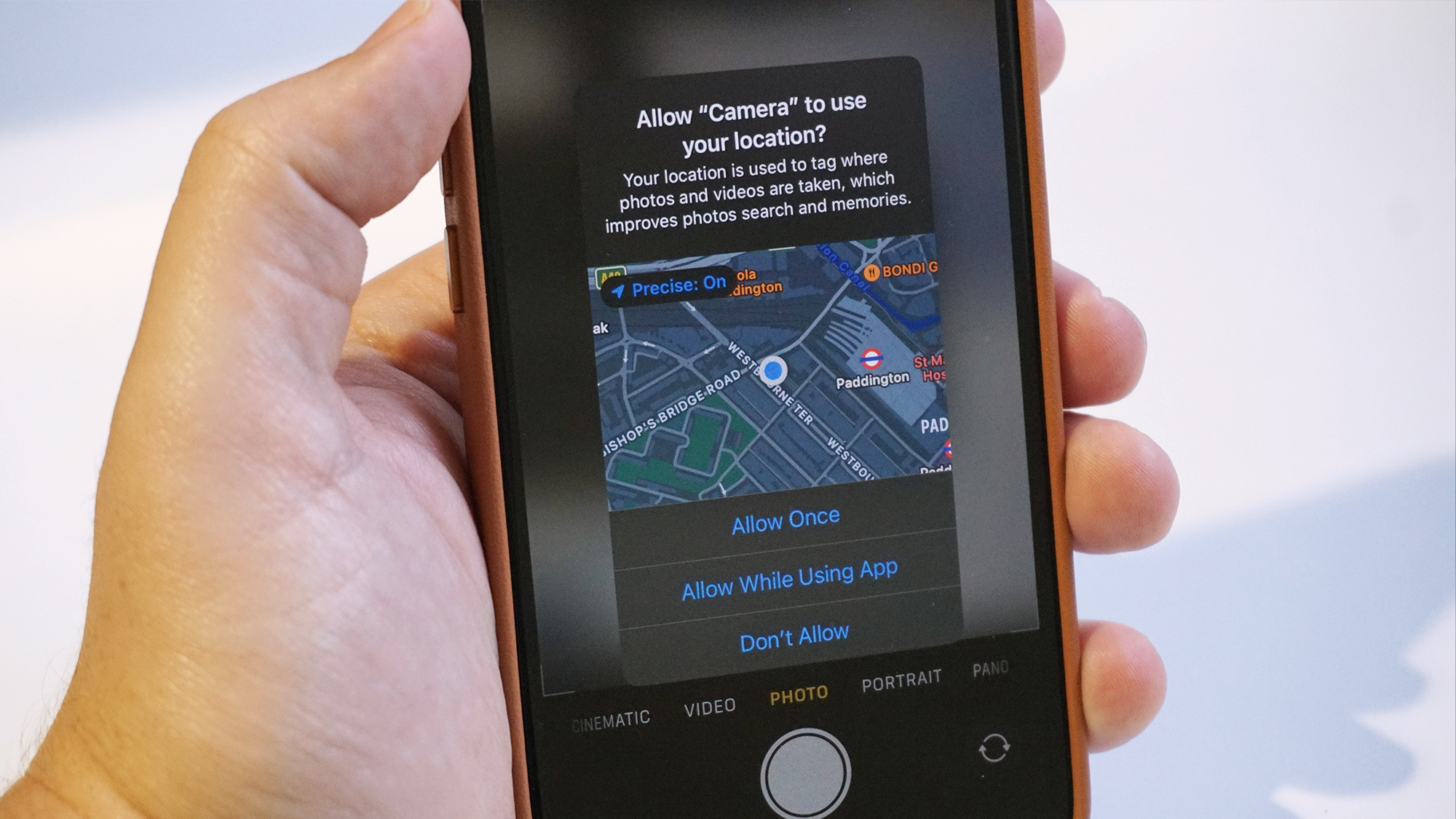
The internal hardware and promised software capabilities of the iPhone 16 are where we see some of the biggest upgrades on the previous generation.
The iPhone 16 comes equipped with the A18 chipset, which boasts a 6-core CPU, 5-core GPU, and 16-core Neural Engine for AI and machine learning processing.
The iPhone 15, for comparison, uses the A16 Bionic chipset, with the same number of CPU, GPU, and Neural Engine cores.
However, it’s rare for Apple to jump ahead by two chipset generations in a single year, and if the company’s internal benchmarks are to be believed, the A18 offers some impressive performance improvements.
Apple claims the A18 has a 30% faster GPU and 40% faster GPU than the A16 Bionic, which should be broadly noticeable – these figures point to more than an incremental upgrade, and those who use their iPhone for heavy multitasking, gaming, or media editing will want to take note of these improvements. The iPhone 16’s GPU also brings support for hardware-accelerated ray tracing, a way of rendering light increasingly used by modern games.
The iPhone 15 is no slouch when it comes to performance, though, and day-to-day tasks, photography, media consumption, and most games run fine on its still-modern hardware – as our review says, the iPhone 15 has “more than enough power for most iPhone owners.”
The iPhone 16 comes with 8GB of RAM, as compared to 6GB on the iPhone 15. This increase enables the iPhone 16 to run Apple Intelligence, and the lesser RAM on the iPhone 15 is a key reason why it will not support Apple’s AI feature set.
During the iPhone 16 reveal event, Apple CEO Tim Cook called the iPhone 16 series the “first iPhones designed from the ground up for Apple Intelligence”, and this new suite of AI tools and features has been central in Apple’s marketing of the new smartphones.
Apple Intelligence isn’t out just yet, and we’ve been slightly let down by its somewhat rudderless rollout, but the fact is the iPhone 16 will eventually support Apple Intelligence while the iPhone 15 never will. That makes it an open-shut case for AI fans deciding between the two phones.
Both phones run iOS 18, with five years of promised support from launch (meaning updates until at least 2028 for the iPhone 15 and 2029 for the iPhone 16).
If you’re not sure whether Apple Intelligence is important enough to warrant the extra $100, check out our dedicated Apple Intelligence hub for all you need to know about Apple's upcoming AI suite.
iPhone 16 vs iPhone 15: Battery
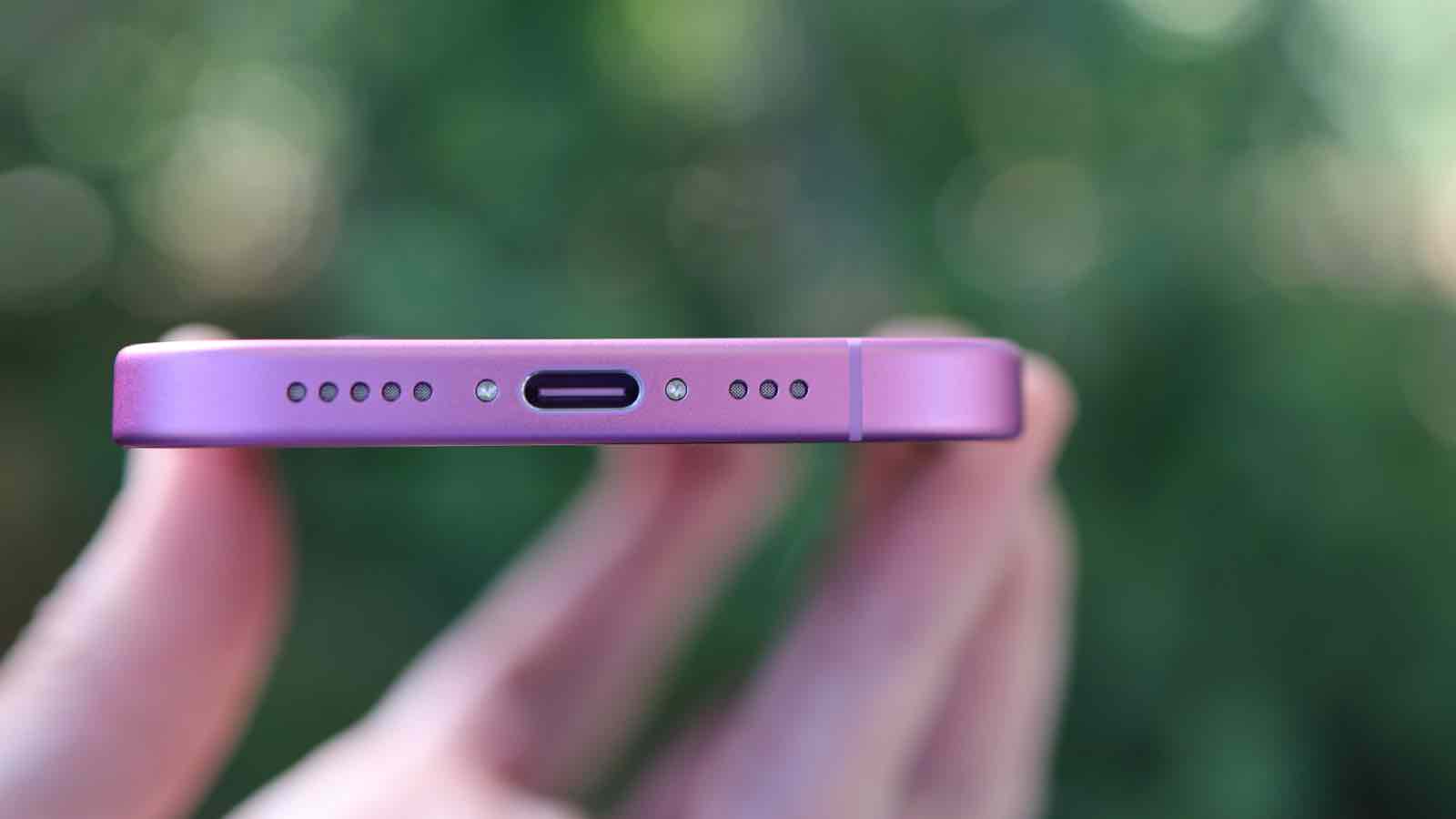
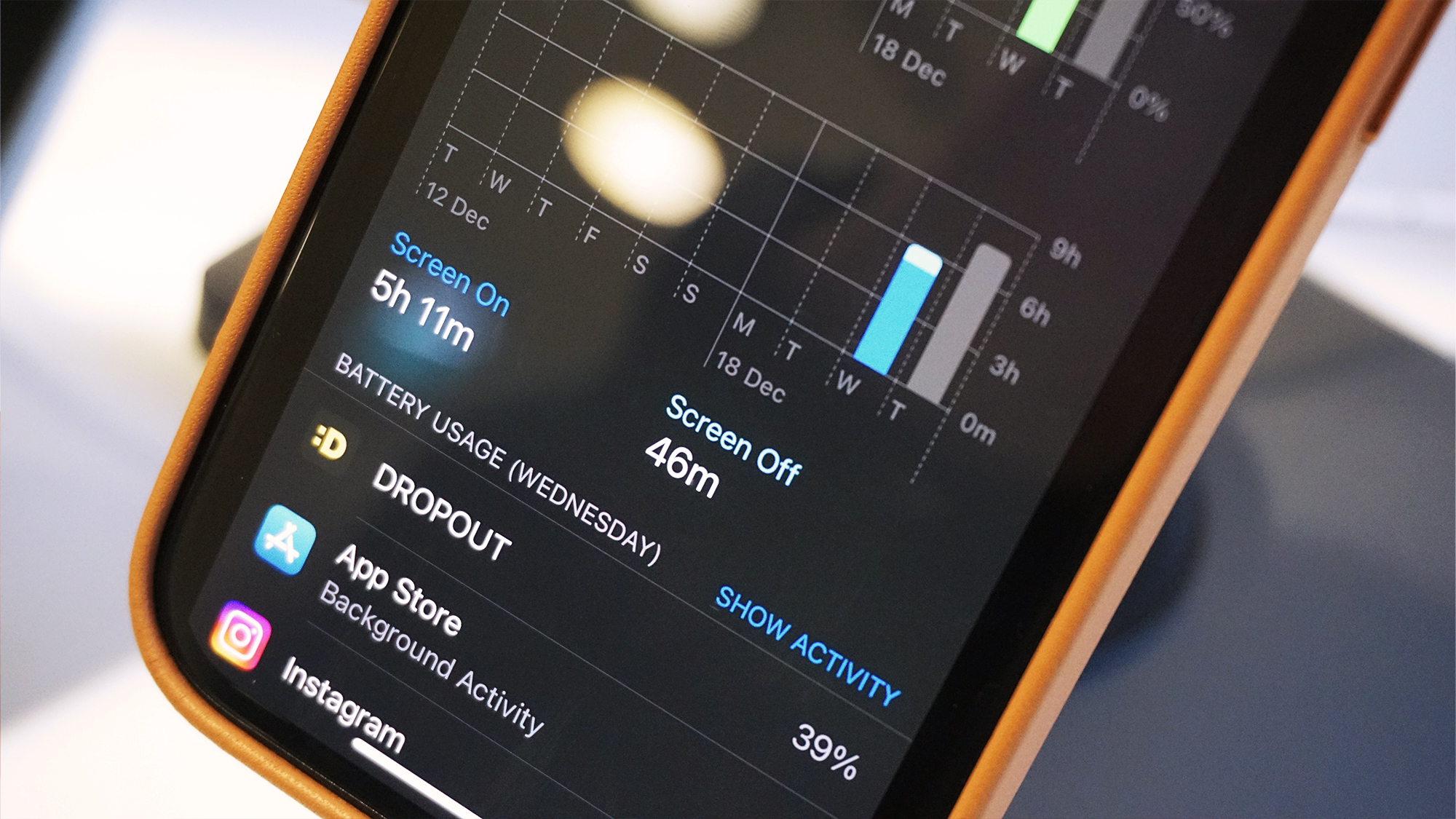
Apple is notoriously protective of its products' battery details, and never releases specific battery capacity or detailed charging speeds.
Apple’s internal benchmarks rate the iPhone 16 as sustaining 22 hours of video playback, compared to 20 hours for the iPhone 15.
GSMArena reports that the iPhone 16 has a battery capacity of 3,561mAh and that the iPhone 15 has a battery capacity of 3,349mAh, though we don’t know the exact source of these figures and Apple will likely never confirm them.
Given the identical dimensions of the iPhone 16 and iPhone 15, any improvement in battery life necessarily involves a better use of internal space, improved battery technology, or better power efficiency.
As for charging, we’ve seen suggestions that the iPhone 16 supports 45W charging, but Apple’s website only mentions charging with a “30W adapter or higher”.
The iPhone 16 also supports 30W “or higher” MagSafe charging and Qi wireless charging up to 7.5W.
For the iPhone 15, Apple’s website mentions support for adapters rated “20W or higher”, as well as 15W MagSafe chargers and Qi wireless charging up to 7.5W.
iPhone 16 vs iPhone 15: Verdict
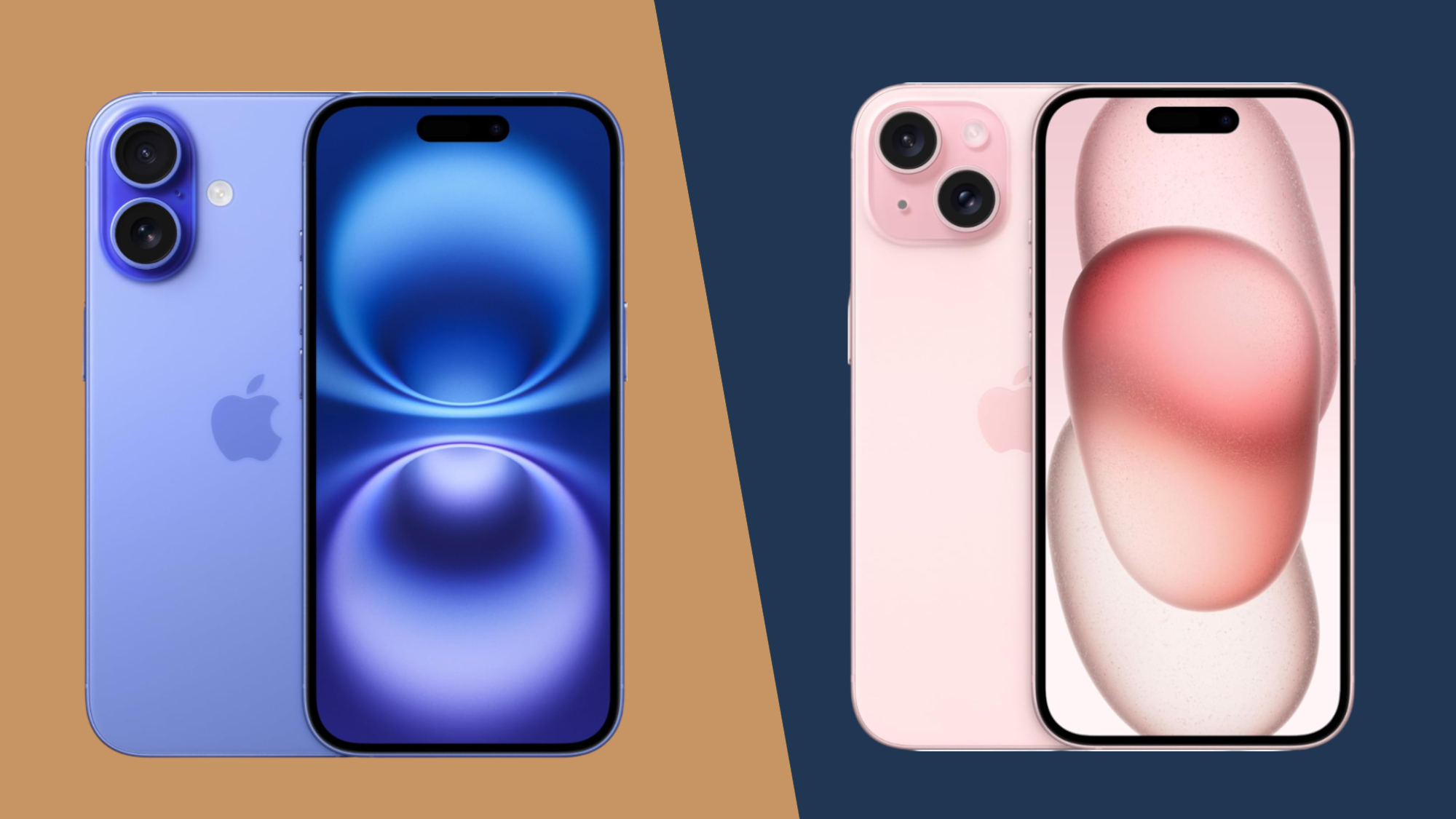
The iPhone 16 represents one of the most substantial updates to Apple’s base-model smartphone in years – as our review puts it, the company is “elevating the base to new heights” with this year’s release.
If you’re into AI, this is one of the easiest decisions Apple has ever presented you with – we can't recommend a phone based on unreleased features alone, but the fact remains that the iPhone 16 will get Apple Intelligence eventually whereas the iPhone 15 will never be supported.
However, you don’t have to be an AI power user to get the most out of the iPhone 16’s improved internals: the A18 brings some of the most significant performance gains we’ve seen in a single iPhone generation (that is, if you take Apple’s testing at face value). A bump up to 8GB of RAM from the 6GB found in the iPhone 15 provides a welcome boost to multitasking, as well as enabling AI.
Despite what Apple would have you believe with the new Fusion Camera branding, the camera systems on the iPhone 16 and iPhone 15 are the same. The iPhone 16 still benefits from the new Camera Control capacitive button, which our review found to be an intuitive addition for photography and content creation.
Design-wise, people will know you have the newest iPhone thanks to the vertically aligned cameras, but otherwise, there’s little separating the two. Both have the same dimensions, the same display, and the iPhone 16 is just one gram lighter. Apple Intelligence aside, both also run iOS 18 with the promise of several years of further iOS updates.
Ultimately, the iPhone 16 is an impressive showing from Apple. This is the closest an iPhone has ever come to its Pro counterpart, and the performance gains mean it will probably feel fast and responsive for years to come.
The iPhone 15 remains a solid phone, especially for those who aren't concerned with AI or photography, but until its price falls a little further, the iPhone 16 will be the clear winner for many Apple customers.
You might also like
Get daily insight, inspiration and deals in your inbox
Sign up for breaking news, reviews, opinion, top tech deals, and more.

Jamie is a Mobile Computing Staff Writer for TechRadar, responsible for covering phones and tablets. He’s been tech-obsessed from a young age and has written for various news and culture publications. Jamie graduated from Goldsmiths, University of London in 2024 with a bachelor’s degree in Journalism. Since starting out as a music blogger in 2020, he’s worked on local news stories, finance trade magazines, and multimedia political features. He brings a love for digital journalism and consumer technology to TechRadar. Outside of the TechRadar office, Jamie can be found binge-watching tech reviews, DJing in local venues around London, or challenging friends to a game of Super Smash Bros. Ultimate.